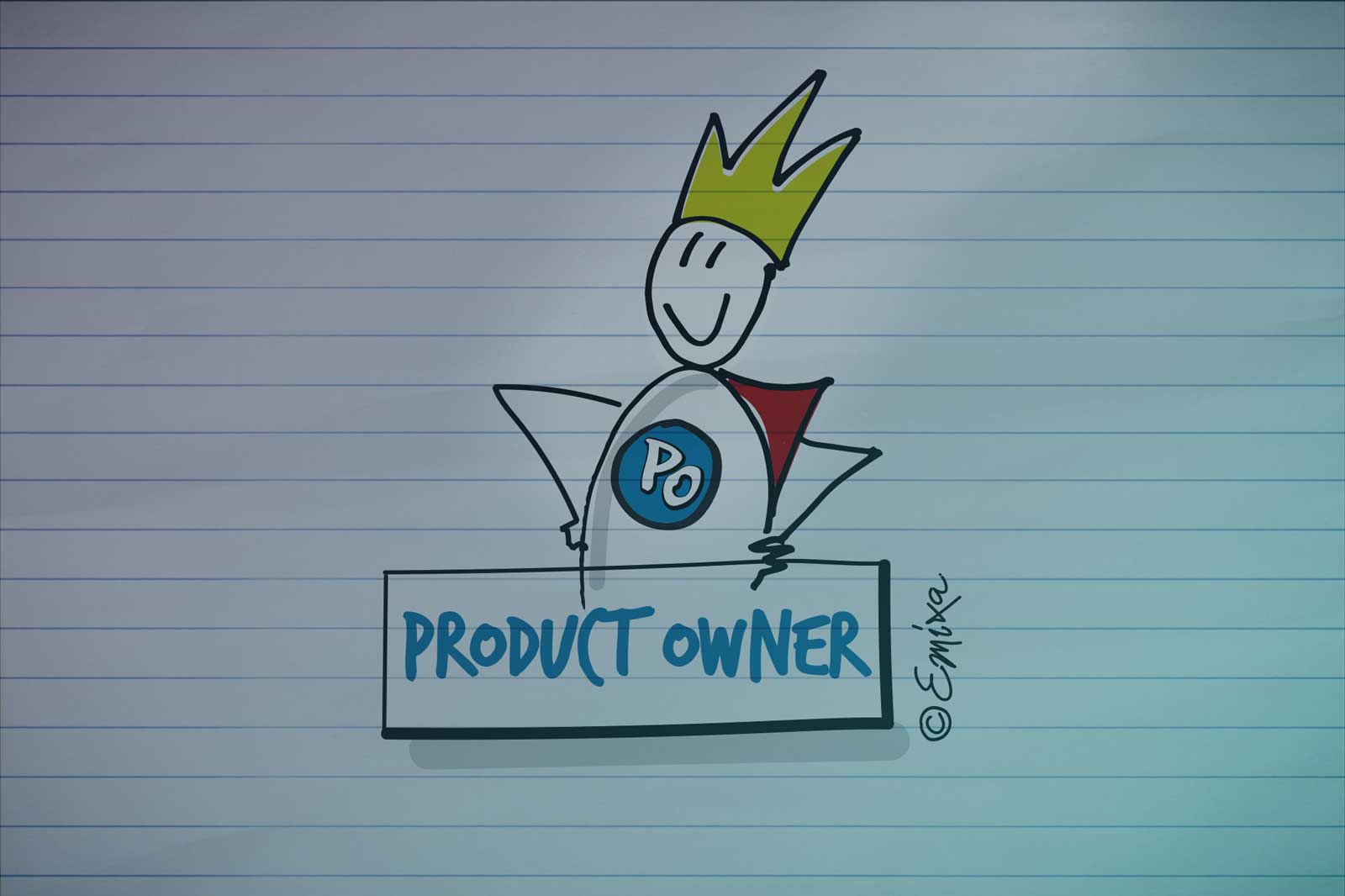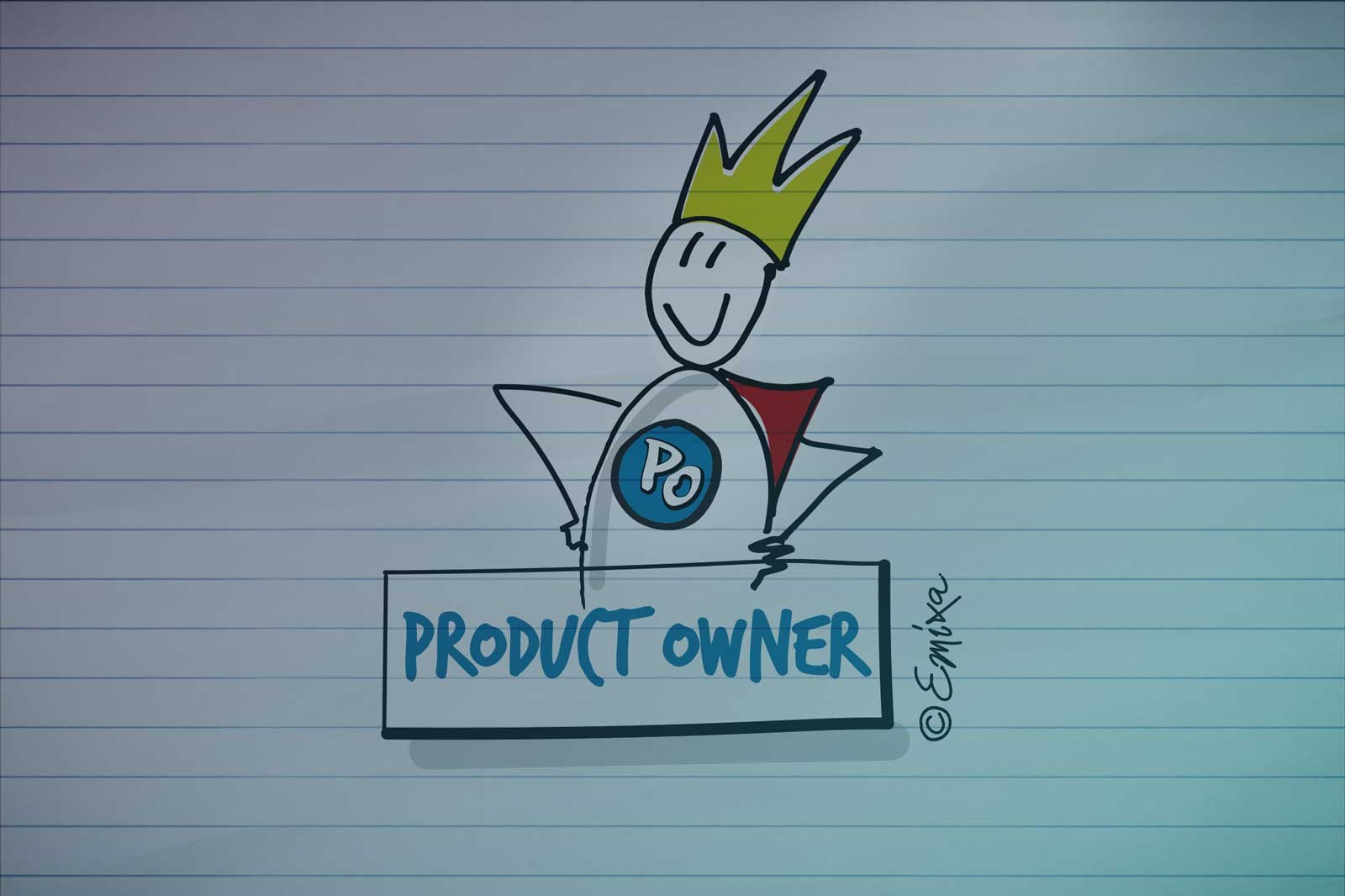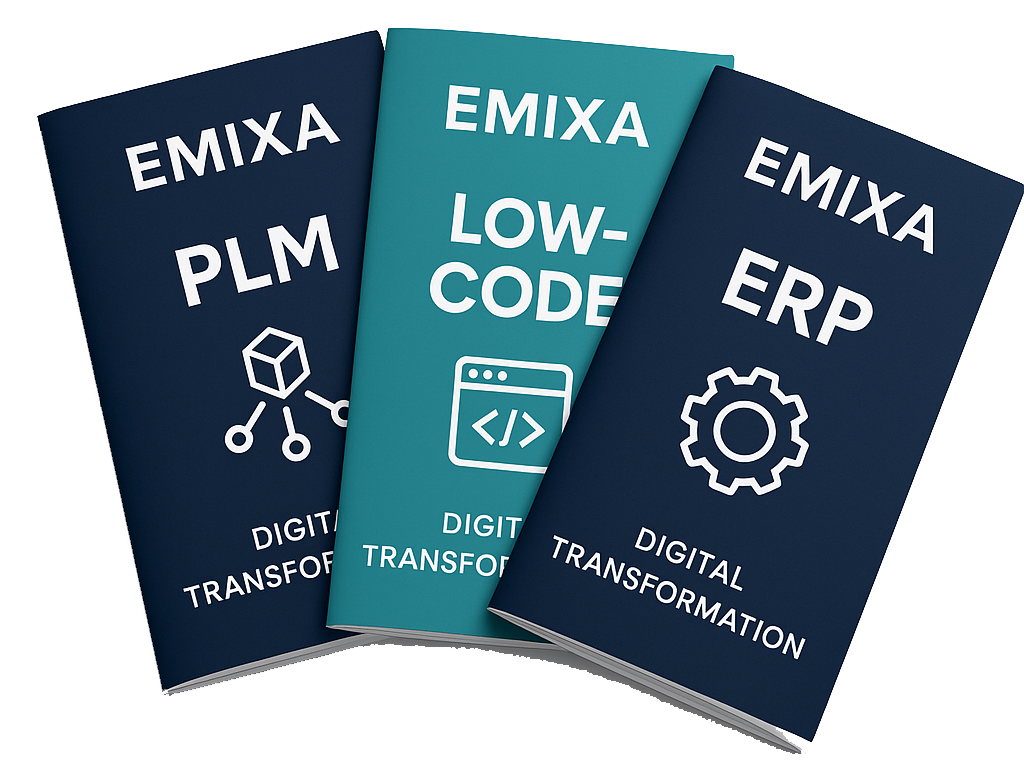
4 Tips for Hybrid/Remote Working as a Product Owner

In the evolving landscape of remote work, the role of a Product Owner (PO) within Scrum teams has been subject to considerable adaptation and reevaluation. The traditional Scrum framework, designed with co-located teams in mind, has been challenged by the widespread shift to remote work. This article delves into how Product Owners can navigate this new terrain, offering insights and strategies that are both thought-provoking and rooted in practical experience. Are you a scrum master? We also wrote an article with tips for hybrid/remote working as a scrum master.
1. Plan Your Interactions with Stakeholders
The spontaneous, informal interactions that occur within an office setting play a crucial role in maintaining stakeholder relationships. In a remote environment, the absence of these interactions necessitates a deliberate effort to stay connected. Scheduling regular video calls, not only with team members to clarify priorities but also with senior management and business sponsors to ensure their continued trust, is paramount. This strategic approach to communication helps in preserving the integrity of stakeholder engagement, ensuring that their inputs are considered and valued.
2. Anticipate a Reduced Development Speed
The shift to hybrid/remote work inherently impacts the velocity of team development. The natural project interactions that prompt quick questions or immediate help are less apparent in a virtual setting. This can lead to a slower pace of development as team members may hesitate to seek assistance. Product Owners can counteract this by facilitating additional interactions or clarifying the details of user stories (for example in Jira) as needed, thereby fostering an environment where support is readily available.
3. Prepare Interactions Thoroughly
The efficacy of remote interactions is significantly enhanced by thorough preparation. The use of visual aids, such as slides or online whiteboards, can transform the dynamic of online meetings, making them more engaging and effective. We usually use Miro or PowerPoint for this. It is good to realize that more questions will often be asked at an online meeting than at a session where everyone is physically present. Preparing for increased inquiries and structuring meetings to accommodate these can lead to more productive sessions. This level of preparation not only makes meetings more efficient but also demonstrates a commitment to clear and effective communication.
4. Engage More Frequently in Daily Stand-Ups
While it is not necessary for a Product Owner to be involved in the minutiae of daily team activities, occasional presence in daily stand-ups can be beneficial. This engagement allows the PO to stay informed about the team's challenges and progress, fostering a closer relationship with the team. Such interactions can encourage team members to reach out proactively when issues arise, potentially identifying opportunities for the PO to facilitate or intervene.
The adaptation of the Product Owner role in a remote work environment underscores the need for intentional communication, preparation, and engagement strategies. These practices not only help in overcoming the inherent challenges of remote work but also enhance the overall effectiveness and cohesion of Scrum teams.
Get in touch
Do you need (further) guidance on adapting hybrid/remote work as a Product Owner? At Emixa, we'd be glad to share our comprehensive insights. Whether you're seeking a deeper understanding or have specific questions, don't hesitate to reach out to us.
Author: Hessel Snijder
Published date: August 26, 2025

Explore our Technology. Access our downloads center.
Access NowStart your Digital Transformation with Emixa

We help businesses transform their digital future with cutting-edge technology and strategic products & services


